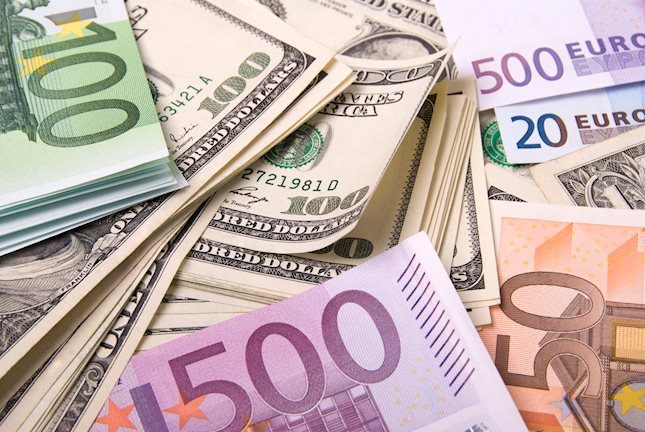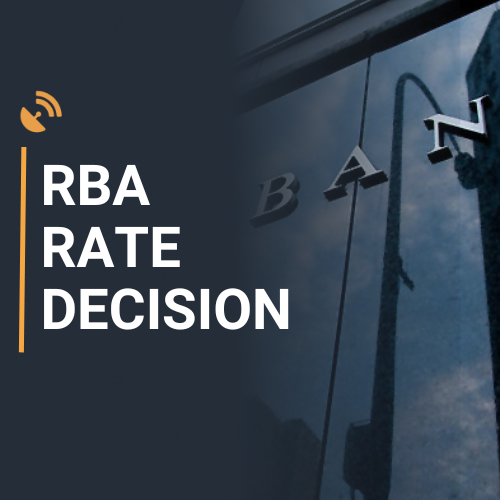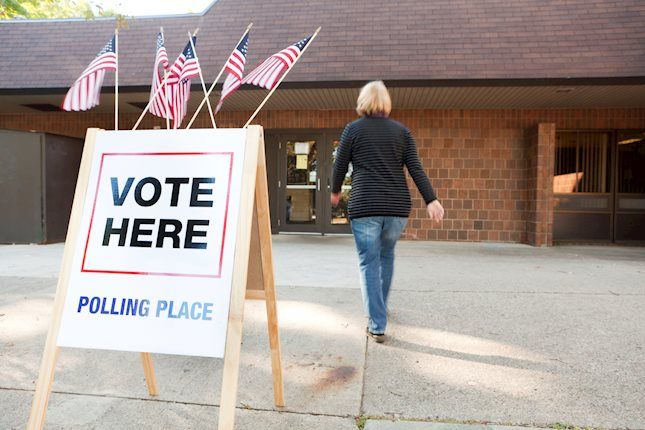- The Pound Sterling faces significant pressure as the BoE appears to be reluctant to raise interest rates further.
- BoE Swati Dhingra said that the current interest rate policy is sufficiently restrictive.
- The UK services sector shrinks after six months of expansion as consumer spending weakens.
The Pound Sterling (GBP) cracked significantly amid increasing risk-aversion and dovish remarks from Bank of England (BoE) Governor Andrew Bailey and policymaker Swati Dhingra about September’s monetary policy decision. The GBP/USD pair is expected to remain on tenterhooks as policy divergence between the BoE and the Federal Reserve (Fed) is likely to persist if the UK’s central bank decides to pause the policy-tightening spell.
Swati Dhingra said Wednesday that the current interest rate policy is sufficiently restrictive and further hikes in interest rates would make the economic outlook vulnerable. Fading consumer spending momentum and a deteriorating demand environment have started impacting the services sector, according to the latest survey data. The UK services PMI, which gauges business activity in the sector, pointed to a contraction in August for the first time since January.
Daily Digest Market Movers: Pound Sterling remains vulnerable due to risk-off mood
- The Pound Sterling oscillates below the psychological support of 1.2500 as Bank of England (BoE) Governor Andrew Bailey casts doubts over further policy tightening.
- BoE Bailey said that the central bank is closer to ending its interest-rate hiking cycle but unlikely to cut rates to ensure squeezing out inflation from the economy.
- About the inflation outlook, Bailey said that many of the indicators are moving in the right direction, signaling that the fall in inflation will continue.
- BoE policymaker Swati Dhingra, who has been voting to keep interest rates unchanged from the past few policy meetings, said that interest rates are already at high levels and that further tightening could hurt the economy.
- The Pound Sterling came under severe pressure as expectations over policy divergence between the Fed and the BoE have increased.
- The UK economy has the highest inflation rate among the G7 economies. Commentary about a steady interest rate policy could elevate consumer inflation expectations.
- The absence of more interest rate hikes might safeguard the economic outlook from further vulnerability, but it could also mean higher inflation ahead, further squeezing households’ real incomes.
- After vulnerable Manufacturing PMI data, a PMI index gauging the country’s services sector also slipped below the 50.0 threshold for the first time since January.
- It seems that the cooling effects of higher interest rates appear to be hitting spending and confidence from both households and corporations in the UK.
- Tim Moore, Economics Director at S&P Global Market Intelligence, said: "Service providers saw customer spending reverse course during August as higher borrowing costs, subdued business confidence, and stretched household finances all acted to curtail sales opportunities.
- After Andrew Bailey’s commentary on interest rates, uncertainty over the monetary policy meeting scheduled for September 21 has increased.
- The market mood remains cautious as the global economy is exposed to higher uncertainty due to rising interest rates by Western central banks.
- The appeal for the US Dollar improves further as fears of a recession in the US economy fade.
- The US service sector turned out to be more resilient than expected in August. The ISM reported that the Services PMI jumped to 54.5 against expectations of 52.5 and July’s reading of 52.7. The services sector accounts for two-thirds of the US economy, so an upbeat service sector indicates economic strength in spite of high-interest rates.
- The New Orders subindex for the services sector rose sharply to 57.5 from 55.0 in July, indicating strong consumer demand ahead, which would keep the economy resilient.
- On Wednesday, Boston Fed President Susan Collins said that further action on interest rates will be based on incoming data. Fed Collins expects a slowdown in the coming months and said that the central bank is far from containing inflation.
Technical Analysis: Pound Sterling juggles near 1.2450 post-breakdown
Pound Sterling extends its two-day losing streak after dropping below Wednesday’s low of 1.2480. The Cable skids below the psychological support of 1.2500 as market sentiment remains negative and the BoE seems uncertain about further policy tightening. The asset has dropped to near the 200-day Exponential Moving Average (EMA), which trades around 1.2480. Momentum oscillators also indicate that the bearish impulse has strengthened.
Pound Sterling FAQs
What is the Pound Sterling?
The Pound Sterling (GBP) is the oldest currency in the world (886 AD) and the official currency of the United Kingdom. It is the fourth most traded unit for foreign exchange (FX) in the world, accounting for 12% of all transactions, averaging $630 billion a day, according to 2022 data.
Its key trading pairs are GBP/USD, aka ‘Cable’, which accounts for 11% of FX, GBP/JPY, or the ‘Dragon’ as it is known by traders (3%), and EUR/GBP (2%). The Pound Sterling is issued by the Bank of England (BoE).
How do the decisions of the Bank of England impact on the Pound Sterling?
The single most important factor influencing the value of the Pound Sterling is monetary policy decided by the Bank of England. The BoE bases its decisions on whether it has achieved its primary goal of “price stability” – a steady inflation rate of around 2%. Its primary tool for achieving this is the adjustment of interest rates.
When inflation is too high, the BoE will try to rein it in by raising interest rates, making it more expensive for people and businesses to access credit. This is generally positive for GBP, as higher interest rates make the UK a more attractive place for global investors to park their money.
When inflation falls too low it is a sign economic growth is slowing. In this scenario, the BoE will consider lowering interest rates to cheapen credit so businesses will borrow more to invest in growth-generating projects.
How does economic data influence the value of the Pound?
Data releases gauge the health of the economy and can impact the value of the Pound Sterling. Indicators such as GDP, Manufacturing and Services PMIs, and employment can all influence the direction of the GBP.
A strong economy is good for Sterling. Not only does it attract more foreign investment but it may encourage the BoE to put up interest rates, which will directly strengthen GBP. Otherwise, if economic data is weak, the Pound Sterling is likely to fall.
How does the Trade Balance impact the Pound?
Another significant data release for the Pound Sterling is the Trade Balance. This indicator measures the difference between what a country earns from its exports and what it spends on imports over a given period.
If a country produces highly sought-after exports, its currency will benefit purely from the extra demand created from foreign buyers seeking to purchase these goods. Therefore, a positive net Trade Balance strengthens a currency and vice versa for a negative balance.
Information on these pages contains forward-looking statements that involve risks and uncertainties. Markets and instruments profiled on this page are for informational purposes only and should not in any way come across as a recommendation to buy or sell in these assets. You should do your own thorough research before making any investment decisions. FXStreet does not in any way guarantee that this information is free from mistakes, errors, or material misstatements. It also does not guarantee that this information is of a timely nature. Investing in Open Markets involves a great deal of risk, including the loss of all or a portion of your investment, as well as emotional distress. All risks, losses and costs associated with investing, including total loss of principal, are your responsibility. The views and opinions expressed in this article are those of the authors and do not necessarily reflect the official policy or position of FXStreet nor its advertisers. The author will not be held responsible for information that is found at the end of links posted on this page.
If not otherwise explicitly mentioned in the body of the article, at the time of writing, the author has no position in any stock mentioned in this article and no business relationship with any company mentioned. The author has not received compensation for writing this article, other than from FXStreet.
FXStreet and the author do not provide personalized recommendations. The author makes no representations as to the accuracy, completeness, or suitability of this information. FXStreet and the author will not be liable for any errors, omissions or any losses, injuries or damages arising from this information and its display or use. Errors and omissions excepted.
The author and FXStreet are not registered investment advisors and nothing in this article is intended to be investment advice.
Recommended content
Editors’ Picks

AUD/USD looks at the RBA for near-term direction
AUD/USD resumed its rebound and briefly surpassed the 0.6600 barrier on the back of the renewed and marked resurgence of the downward bias in the US Dollar. Investors, in the meantime, expect the RBA to keep its rates unchanged on Tuesday.

EUR/USD: Price action hinges on the US election and the Fed
EUR/USD managed to trespass the key 1.0900 hurdle and print new highs following the Greenback’s offered stance as investors warmed up for the US election and the FOMC event later in the week.

Gold trades around $2,730
Gold price is on the defensive below $2,750 in European trading on Monday, erasing the early gains. The downside, however, appears elusive amid the US presidential election risks and the ongoing Middle East geopolitical tensions.

RBA widely expected to keep interest rate unchanged amid persisting price pressures
Australia’s benchmark interest rate is set to stay unchanged at 4.35% in November. The focus remains on Reserve Bank of Australia Governor Michele Bullock’s comments and updated economic forecasts. The Australian Dollar could wilt if RBA Governor Bullock ramps up bets for a December rate cut.

US presidential election outcome: What could it mean for the US Dollar? Premium
The US Dollar has regained lost momentum against its six major rivals at the beginning of the final quarter of 2024, as tensions mount ahead of the highly anticipated United States Presidential election due on November 5.

Best Forex Brokers with Low Spreads
VERIFIED Low spreads are crucial for reducing trading costs. Explore top Forex brokers offering competitive spreads and high leverage. Compare options for EUR/USD, GBP/USD, USD/JPY, and Gold.